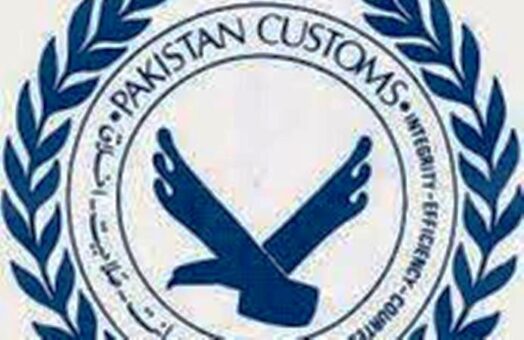The Federal Board of Revenue (FBR) has announced the imposition of additional customs duty (ACD) ranging from 2% to 7% on specific imports falling under various tariff slabs, with the new rates taking effect from July 1, 2021.
The move is part of the government’s fiscal measures aimed at managing trade balances and enhancing revenue streams.
In accordance with the recent decision, the FBR has issued SRO 845(I)/2021, which outlines the details of the additional customs duties applicable to goods specified in the first schedule of the Customs Act, 1969. The rates of additional customs duty vary depending on the existing tariff slabs for different categories of imported goods.
The additional customs duty at 2% has been levied on goods falling under tariff slabs of zero percent, 3%, and 11%. This is seen as a measure to moderate the impact on goods with relatively lower existing duty rates.
For goods falling under tariff slabs of 16%, excluding those under PCT codes 5516.9300 and 5516.9400, a 4% additional customs duty will apply. However, the specific goods mentioned under these PCT codes will be subject to a 2% rate.
Goods falling under the tariff slab of 20% will incur a 6% additional customs duty, while those falling under the 30% tariff slab and higher, as well as specific rate slabs, will face a 7% additional customs duty. Notably, goods falling under specific PCT codes, such as 1507.1000, 1507.9000, 1511.1000, and others, will have a 2% additional customs duty applied on imports.
The FBR clarified that the value of goods for the purpose of this levy will be determined under Section 25A of the Customs Act.
To provide transparency and clarity, the FBR issued a detailed list of items exempt from the additional customs duty, which can be accessed by referring to the official document SRO 845(I)/2021.
This move by the FBR aligns with the government’s efforts to manage the trade balance and boost revenue generation. By selectively applying additional customs duties, the authorities aim to strike a balance between supporting industries and ensuring a sustainable revenue stream for the government.
As the new rates come into effect from July 1, businesses and importers are advised to review the updated tariff structure to assess the impact on their specific imports. The FBR’s decision to provide detailed information on exempt items adds a layer of transparency and facilitates compliance for businesses engaged in international trade.
While these fiscal measures are often part of broader economic strategies, stakeholders and businesses will closely monitor their impact on various industries and trade dynamics. The government’s ability to strike a balance between revenue generation and supporting economic activities will be crucial in navigating the challenges posed by global economic uncertainties.
